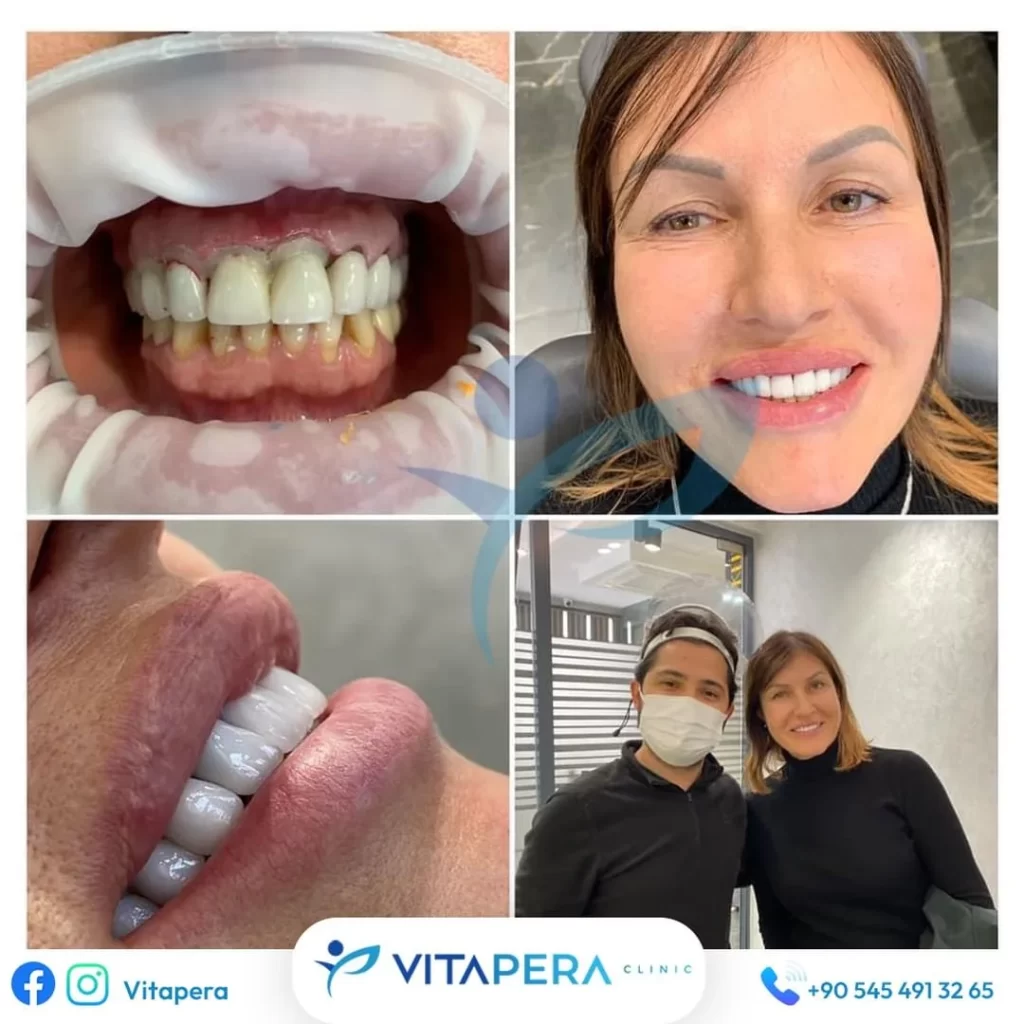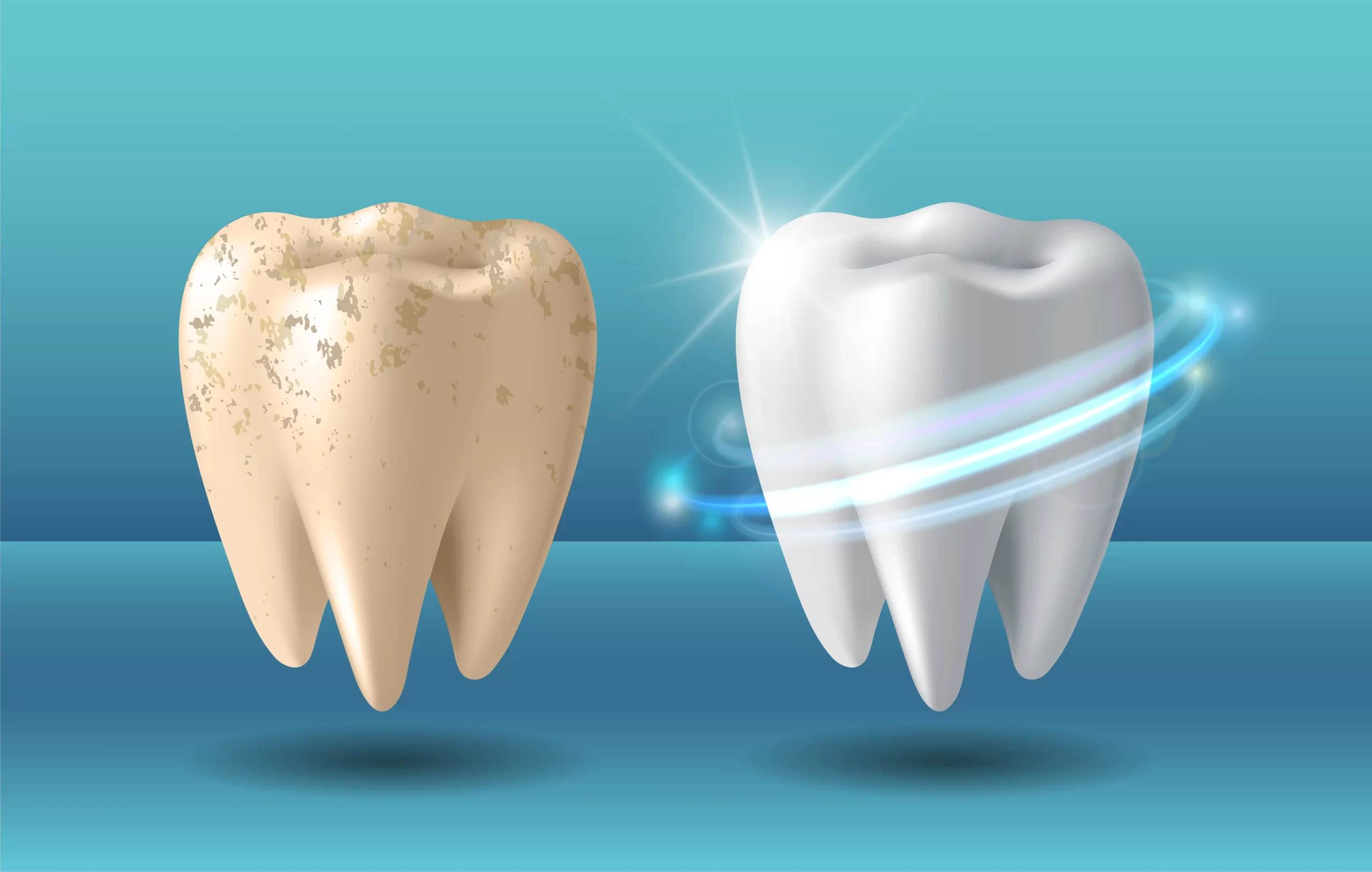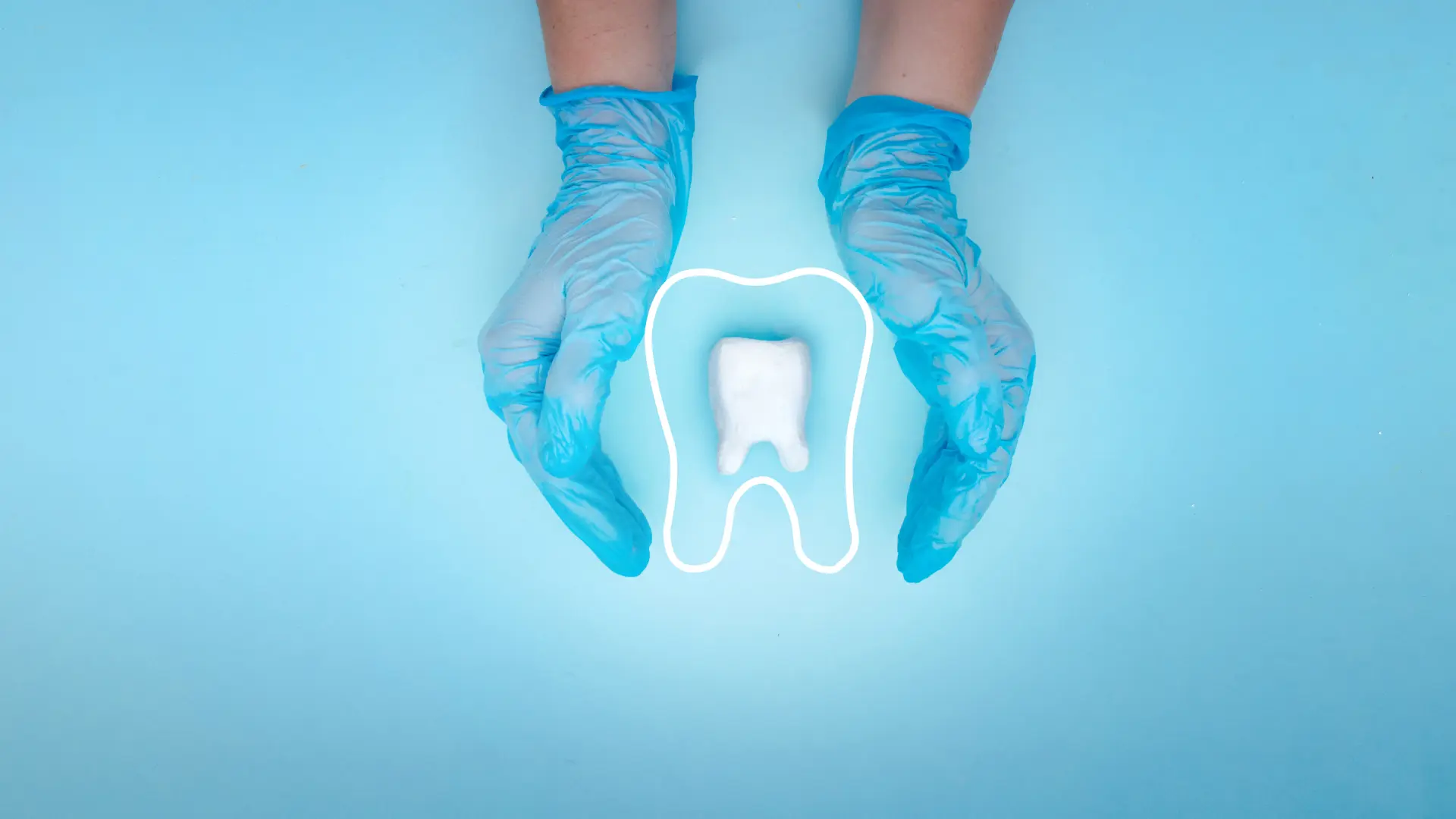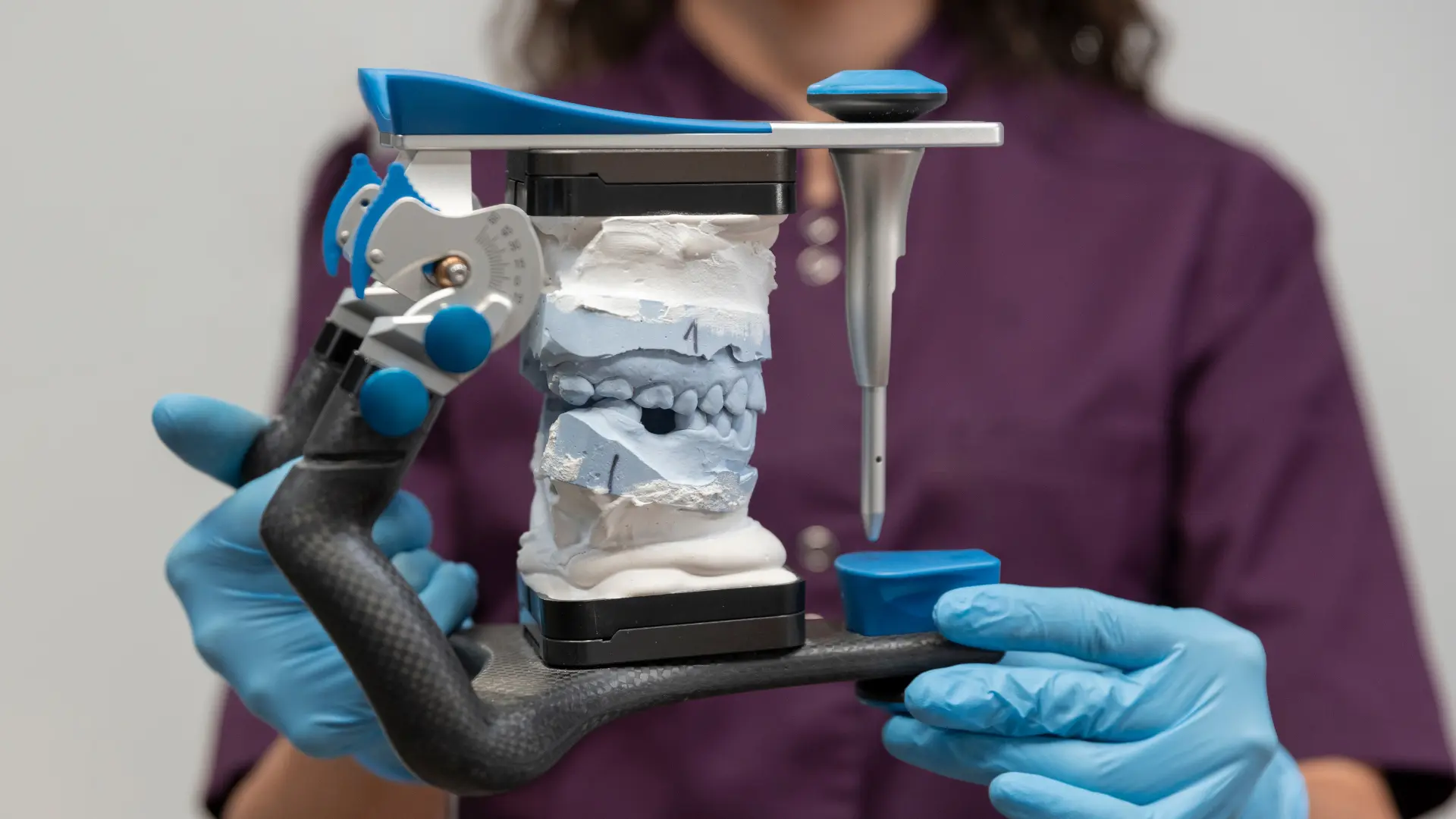Welcome to our comprehensive guide to root canal treatment. If your dentist has advised you that you require a root canal, you may have questions or worries regarding the operation. Root canal therapy has a reputation for being frightening, but with the appropriate information, you may feel better educated and prepared. In this blog, we will walk you through the root canal treatment process, including what to expect during and after the operation.
What is Root Canal Treatment?
Root canal treatment, also known as endodontic root canal, is an important dental surgery that can save teeth from extraction while also relieving acute toothache and pain caused by infected or damaged pulp. When the pulp, the innermost part of the tooth, becomes infected due to reasons such as deep decay, trauma, or other dental disorders, it can cause extreme pain, sensitivity, and swelling.
To prevent reinfection, the infected pulp is removed, the root canals are cleaned and shaped, and they are filled with a biocompatible material. Finally, a dental crown is often used to safeguard and restore the tooth’s structure and function. For an accurate endodontic diagnosis, you need to do a full exam, look at your medical history, and look at x-rays to find out how bad the tooth infection is and what caused it.
If you wonder “endodontics near me,” or “best root canal treatment near me” look for a reputable dental clinic with skilled endodontists and the latest technology for the benefits of root canal treatment. An endodontist dentist specializes in diagnosing and treating diseases of the oral pulp and the area around the tooth’s root. This includes root canal therapy.
Root canal treatment meaning that this is a dental operation that saves a tooth from having to be pulled out by removing the infected or damaged pulp and filling the root canals with a biocompatible material with root canal treatment instruments. Even though the process can be painful during and after the process, root canal treatment pain and discomfort can be kept to a minimum with local anesthesia and other techniques. Root canal treatment duration can take anywhere from one to two hours per visit, but this depends on how complicated the case is and how many meetings are needed.
What Are the Details of Root Canal Treatment?
There are types of root canal treatment, such as standard root canal therapy, apicoectomy, and regenerative endodontics. When a tooth is cracked, it is often best to get a root canal to remove any damaged pulp and keep problems from getting worse. Root canal treatment can save the original tooth, stop the infection from spreading, and get the tooth back to working properly. There is no minimum age for root canal treatment. Depending on how bad the tooth issue is, it can be done on both children and adults.
Endodontic treatment costs can change based on things like where the tooth is, how complicated the case is, and what kind of restoration is needed. Endodontic services include a wide range of treatments, such as endodontic treatment procedure, apical surgery, and managing tooth injuries caused by accidents. Endodontic situations, like severe tooth pain or swelling, need to be looked at and treated quickly to avoid more problems.
A root canal treatment x-ray is an important part because it helps the dentist see what’s going on inside the tooth and figure out how bad the infection is and where it is. A bad smell after a root canal treatment could be a sign of an endodontic emergency. The patient should call their dental endodontic doctor right away to get checked out and treated for an infected root canal treatment.
How Should I Prepare for Root Canal Treatment?
Root canal preparation tips:
Ask Your Dentist Any Questions You Might Have
Before your root canal treatment, talk to your dentist about what to expect, the steps, and any risks or consequences. Asking the questions you have will prepare you for treatment.
Follow Pre-Operative Instructions
Your dentist may advise you to fast, take antibiotics or painkillers, or abstain from smoking or drinking before the root canal treatment. For optimal results, follow these instructions carefully.
Arrange for Transportation
Depending on the root canal sedation or anaesthesia, you may require a ride to and from the dentist. To ensure safety and smoothness, schedule transportation prior.
Eat a Light Meal Before the Procedure
Eat a light breakfast before your root canal treatment to avoid dizziness or low blood sugar. Avoid heavy or sugary foods that may cause discomfort during therapy.
Practice Good Oral Hygiene
Good oral hygiene before root canal treatment prevents infection and promotes healing. Your dentist recommends brushing, flossing, and using an antibacterial mouthwash.
Take All Medications as Prescribed
It is crucial to take all medications as your dentist has prescribed when getting ready for root canal treatment. Your dentist might advise antibiotics to treat or prevent infection, as well as painkillers to ease any discomfort both during and after the procedure.
Eat a Healthy Meal
Eating a nutritious meal before your root canal procedure can be advantageous. A light, well-balanced supper with protein, complex carbohydrates, and vegetables can help you acquire the energy and nutrients you need for the surgery.
Don’t Smoke
Yes, smoking should be avoided both before and after root canal treatment. Smoking might harm your dental health and increase your chances of difficulties during and after the operation.
What Happens During the Root Canal Process?
The dentist or endodontist will initially use local anaesthesia to numb the damaged tooth and the surrounding area before beginning the endodontic treatment procedure. Then, using specialised instruments, they will drill a small access hole in the tooth to remove the infected or injured pulp from the pulp chamber and root canals.
To eradicate any indications of infection, the dentist will meticulously clean and disinfect the root canals, and may use irrigation treatments to drain out debris. After completely cleaning the canals, the dentist will shape them and fill them with a biocompatible material known as gutta-percha to seal the canals and prevent reinfection.
Anaesthesia
The dentist or endodontist will use local anaesthesia to numb the damaged tooth and the surrounding area during the root canal procedure. A tiny needle is used to inject the anaesthetic into the gum tissue near the tooth.
Dental Dam Placement
A dental dam may be placed during an endodontic treatment procedure by the dentist or endodontist. A dental dam is a thin, rubber sheet that is used to keep the tooth being treated clean and dry during the process.
Access Hole
The dentist or endodontist will drill an access hole in the tooth to gain access to the pulp chamber and root canals during a root canal procedure. The access hole is often created with specialised dental drills or equipment, and it allows the dentist to remove infected or damaged pulp from the interior of the tooth.
Pulp Removal
The pulp must be removed to clear the infection and prevent it from spreading, as well as to reduce discomfort and save the tooth from extraction. The dentist or endodontist will carefully extract the pulp from the tooth using specialised tools such as files and irrigating solutions.
Shaping the Canals
After the infected or damaged pulp is removed from the tooth during a root canal operation, the root canals are shaped. The canals must be shaped to guarantee that they are fully cleaned and ready for future filling.
Filling the Canals
The next step in an endodontic treatment procedure is to fill the canals after they have been fully cleansed and shaped. It is critical to fill the canals in order to seal them and prevent reinfection of the tooth.
Sealing the Tooth
The next step in an endodontic treatment procedure is to seal the tooth once the root canals have been cleansed, shaped, and filled with gutta-percha. Sealing the tooth entails covering the access hole created earlier in the process with a temporary or permanent filling material to seal it and prevent bacteria from entering the tooth.
Placing the Final Restoration
The permanent restoration is placed after the tooth has been cleaned, shaped, filled, and sealed during the root canal procedure. The type of restoration utilised will be determined by the location and condition of the treated tooth, as well as the recommendation of the dentist and the patient’s preference. Dental crowns, dental veneers, and tooth fillings are common ultimate restorative treatments.

What Should You Expect After a Root Canal?
It is normal to have certain post-treatment effects after a root canal treatment. Temporary sensitivity, soreness, and mild discomfort may occur around the treated tooth and surrounding area. Gum swelling or bruising may also occur, especially if local anaesthesia was used during the surgery.
These discomforts, however, are usually minor and can be treated with over-the-counter pain relievers. To avoid damaging the temporary or permanent restoration, avoid biting or chewing on hard or sticky foods immediately after the root canal.
Maintaining proper oral hygiene is also essential, which entails brushing, flossing, and using an antibacterial mouthwash in accordance with the dentist’s recommendations. Follow-up appointments with the dentist should be made as directed to check on the healing process and verify that the tooth is fully restored to its usual function.

Save Your Tooth with Root Canal Treatment
Root canal treatment is a type of dental surgery that can save a damaged or infected tooth from being pulled and ease severe pain. To get ready for the procedure, patients should follow the pre-operative instructions, make plans for transportation, eat a light meal, take their medications as recommended, and eat a healthy meal.
During the process of medical treatment in Turkey, the dentist or endodontist will use local anesthesia to numb the tooth and the area around it, remove the damaged pulp, shape the canals, and fill them with gutta-percha. It’s best if you don’t smoke. After the process, patients may feel sensitive, sore, and mildly uncomfortable. It’s important to take care of your teeth and see the dentist for follow-up visits.
In search of a way to improve your health? Vitapera has everything you need. Our wide range of services includes high-quality hair transplants, dental care like root canals, help for people who are overweight with obesity treatments, and plastic surgery services. Don’t wait any longer to start looking and feeling better; schedule your consultation with us today.











